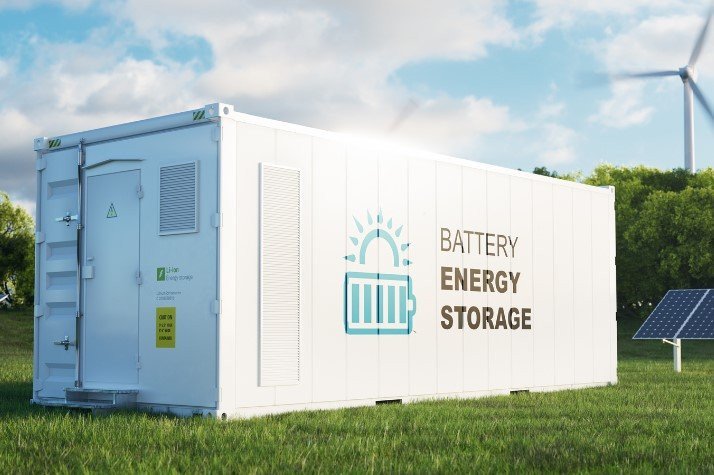IntelliVent: PNNL's newly developed system prevents fires in ESS enclosures
The U.S. Department of Energy's Pacific Northwest National Laboratory (PNNL) has developed a new sensor system, IntelliVent, that can prevent dangerous conditions from developing in outdoor battery cabinets.
IntelliVent has been designed to be installed in a cabinet-style battery enclosures which are becoming more common for stationary grid energy storage. The simple sensory system, PPNL states, responds to smoke, heat, or gas alarms in the battery enclosure and automatically opens cabinet doors to prevent buildup of flammable gases. The technology reduces the risk of explosions at battery installations, which can damage property or endanger lives.
"Protecting our critical workforce is a high priority," said Imre Gyuk, Director of the Office of Electricity's Energy Storage Program.
"The IntelliVent project works to address an important safety concern continuing to inhibit widespread adoption of energy storage for the grid. PNNL's expertise in grid energy storage, fire safety and emergency response, and safety codes and standards position the team to bring this technology to fruition."
Matthew Paiss, technical advisor for energy storage safety at PNNL and one of the inventors of IntelliVent explained that depending on the size of the cell, these gases can come out at very high volume, very quickly, and can lead to fire or even an explosion.
IntelliVent vents the cabinet interior at the first sign of an explosion risk.
In April 2019, battery fire in Arizona at an energy storage facility left four firefighters injured, two seriously. And later in September 2020, fire crews in Liverpool, England, were called to a 20 MW battery storage plant after an explosion had occurred to find a large grid battery system container on fire. These incidents have shed light on the dangers such fires can present to the workers at the facility and firefighters.
"There are many similar battery enclosures operating today that could experience the exact same kind of failure," Paiss added.
According to PNNL, the IntelliVent is designed for the versatile system to work with a variety of sensors. However, due to limitations of the product standard, is not designed to NFPA-69 (Standard on Explosion Prevention Systems).
Currently, IntelliVent is available in a nonexclusive licensing as PNNL strives for broad and rapid adoption of this important safety technology.
























